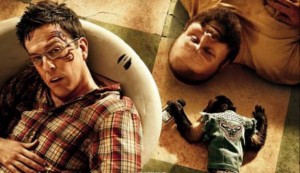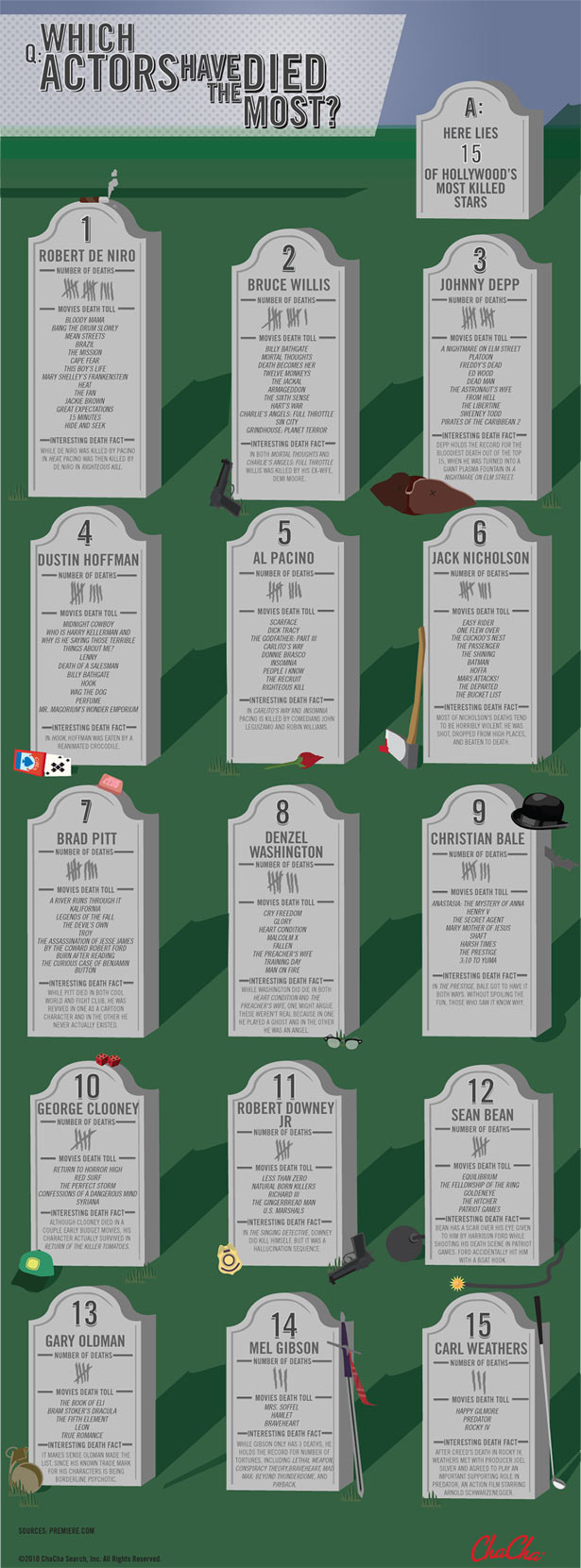Kazuo Ishiguro’s novel The Remains of the Day , about a butler who devoted his life to service without questioning his master’s authority or the validity of his judgment became a movie
, about a butler who devoted his life to service without questioning his master’s authority or the validity of his judgment became a movie starring Anthony Hopkins and Emma Thompson. And now his book, Never Let Me Go
starring Anthony Hopkins and Emma Thompson. And now his book, Never Let Me Go is a movie that while very different in genre addresses some of the same themes. Once again, the setting is the English countryside, and once again the main characters are born into a life of service that they do not question.
is a movie that while very different in genre addresses some of the same themes. Once again, the setting is the English countryside, and once again the main characters are born into a life of service that they do not question.
It’s a science fiction story without a single lab coat, spaceship, or gizmo. It isn’t even set in the future, but the recent past. It appears very much like the world we knew in the the 1980’s, but we are told before it begins that a medical discovery in 1952 has led to life expectancy of 100 years in 1967.
Then Kathy H. (Carey Mulligan of “An Education”) starts to tell us her story. She is a “carer,” and thinking back on her childhood at a school called Hailsham. As we go back to see her there with her friends Ruth and Tommy, it all seems perfectly normal at first. But there are some elements that seem strange. The headmistress (Charlotte Rampling) makes the usual speech after finding cigarette butts at the school, but why does she emphasize that for these children especially “keeping yourselves healthy is of paramount importance?” Why do they seem to have no families or even last names? And what is that panel on the wall that beeps when they casually touch their wrist to it every day as they come back indoors?
The excitement in the children’s lives comes from the visits by “Madame,” who examines their artwork and selects the items she thinks are the best for her gallery, and even more on the rare opportunities they have to buy trinkets with the tokens they are given for good behavior. They are very happy when they hear they are getting a “bumper crop” and enjoy their treasures but to our eyes the items look like garage sale cast-offs. These are not poor children; they attend school in an almost-idyllic countryside setting. But they do not seem to have anything.
Just once, a teacher tells them the truth, and then she is fired. SPOILER ALERT: the secret not fully revealed until the end of the book is disclosed much earlier in the movie so I am going to include it here. If you don’t want to know, skip this paragraph. The fate of these children has already been decided. They have been bred for use as spare parts. They are to be kept healthy and happy like farm animals until, in their 20’s, they will become “donors.” And after three or four “donations,” they will “complete.” Their purpose is to give of themselves literally and ultimately to keep others alive.
Director Mark Romanek (“One Hour Photo”) understands that just as “Rosemary’s Baby” tapped into a whole new category of dread by putting a Gothic story in modern Manhattan, giving us an alternate reality that seems so familiar to us is eerie and unnerving. It is not familiar through experience, set in the recent past. But it is also familiar through movies. The accents and Hailsham setting lull us into a Merchant-Ivory/Masterpiece Theater civilized world of tea being served at four. The fact that the truest horror happens off screen is haunting. When the headmistress says, “We were answering questions no one wanted asked,” it is as devastating as any gory attack by zombies or aliens. When the characters show their humanity by hoping for a better outcome, we see how much has been taken from them because they have no idea of how to insist on it.
The title comes from a “bumper crop” treasure, a used audio cassette by a torchy 60’s singer (performed by Jane Monheit), given to Kathy by Tommy. She plays it over and over. What does it mean to have someone who wants to hold on to you that way? Kathy knows how it feels to care deeply about someone. She loves Tommy. As they grow up, though, it is Ruth who becomes his — what? Girlfriend does not seem the right word as they have little sense of what that means. Ruth does tell Kathy that she will not let Tommy go. But then things change and as she has to let go of so much more, she thinks about what she can leave behind, what will give her life meaning beyond the limited scope that has been set for her.
Romanek, best known for music videos, is stronger on visuals than with story. He does very well in creating a world so believable, so thoroughly familiar and sturdily institutional, that the slight variances from what we know quickly seem natural. Like the people who proposed and approved and benefit from this system, the ones who are never seen and hardly referred to, we can watch without considering too deeply the consequences and significance of what we see — for a while.
The three sections of the film are starkly different in architecture and color scheme. Hailsham shows a little of the benign neglect of institutions that have existed for hundreds of years and are expected to be around forever. After graduation, they move to “cottages,” rural, rustic, remote. They make shy ventures into the world but can barely order a soda in a restaurant and feel most at home on a beach where an abandoned ship washed up on the shore somehow seems to resonate with them, an empty vessel, once useful, with nowhere to go.




